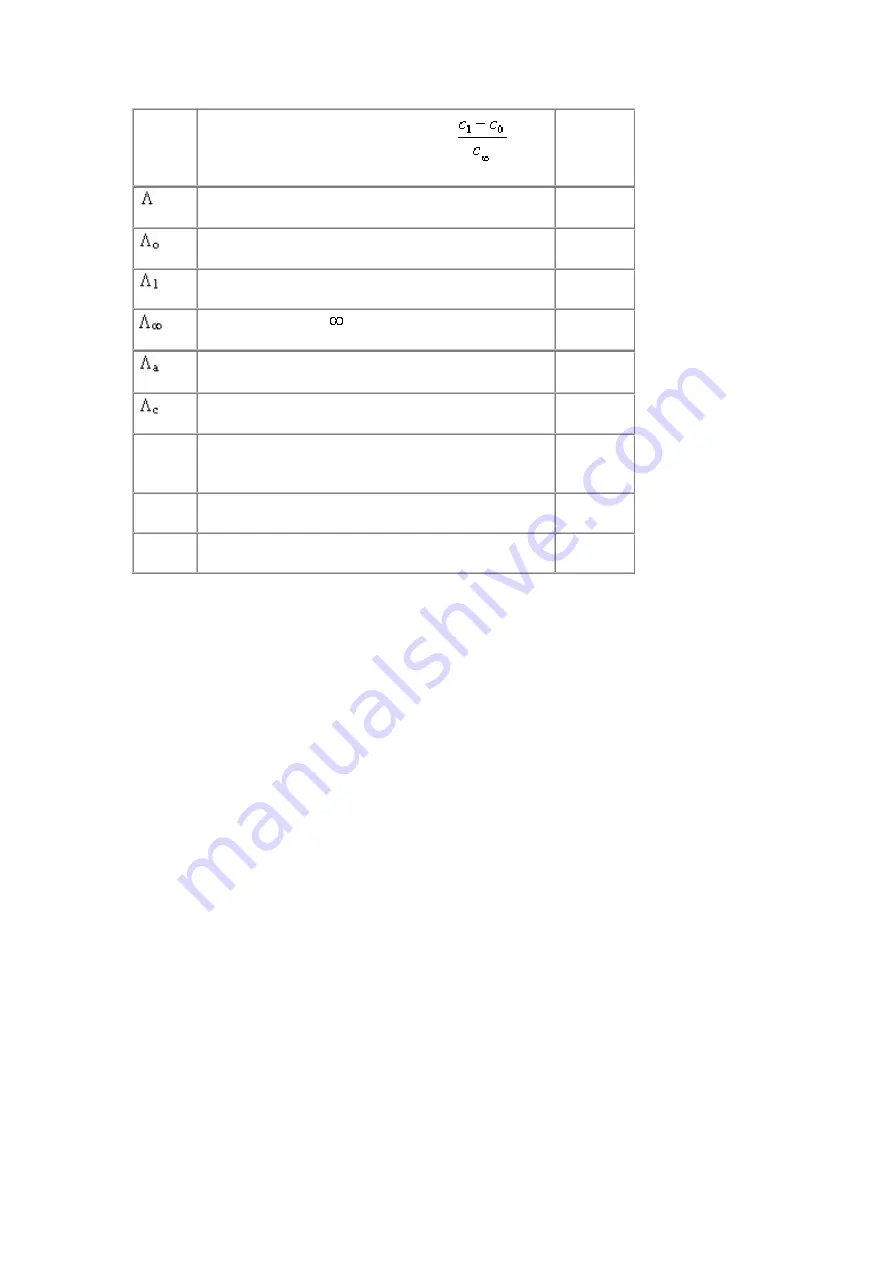
Armfield Instruction Manual
22
X
c
conversion to sodium acetate =
conductivity (Siemens/cm)
initial conductivity
conductivity at time t
conductivity after time
sodium hydroxide conductivity
sodium acetate conductivity
C
concentration in reactor at time
t
after input step
change
C
0
concentration of the input
t
c
time constant
Common Theory
The Armfield continuous stirred tank reactor is designed to demonstrate the
mechanism of a chemical reaction in this type of reactor as well as the effects of
varying the process conditions such as reaction temperature, reactor volume, stirring
rate, feed rate etc.
The reactor volume can be varied by adjusting the height of the internal standpipe.
The actual volume must be checked by filling the reactor with water to the overflow
then draining the reactor contents into a measuring cylinder.
The conductivity of the reacting solution in the reactor changes with the degree of
conversion and this provides a convenient method for monitoring the progress of the
reaction either manually or by computer.
The reaction chosen is the saponification of ethyl acetate by sodium hydroxide as it
can be carried out under safe conditions of temperature and pressure and is well
documented.
The experiments involve the collection and storage of conductivity data. The USB
port located at the front of the Service Unit must be connected to the computer. This
will enable data logging of the conductivity and temperature sensor at selected time
intervals over a selected period of time.
Although it may be possible to carry out demonstrations using other chemicals, it is
not advisable as the materials of construction of the reactor may not be compatible.
As the standard reaction is exothermic the heat generated by the reaction will result
in a rise in temperature of the vessel contents that is unavoidable. If it is required to


























